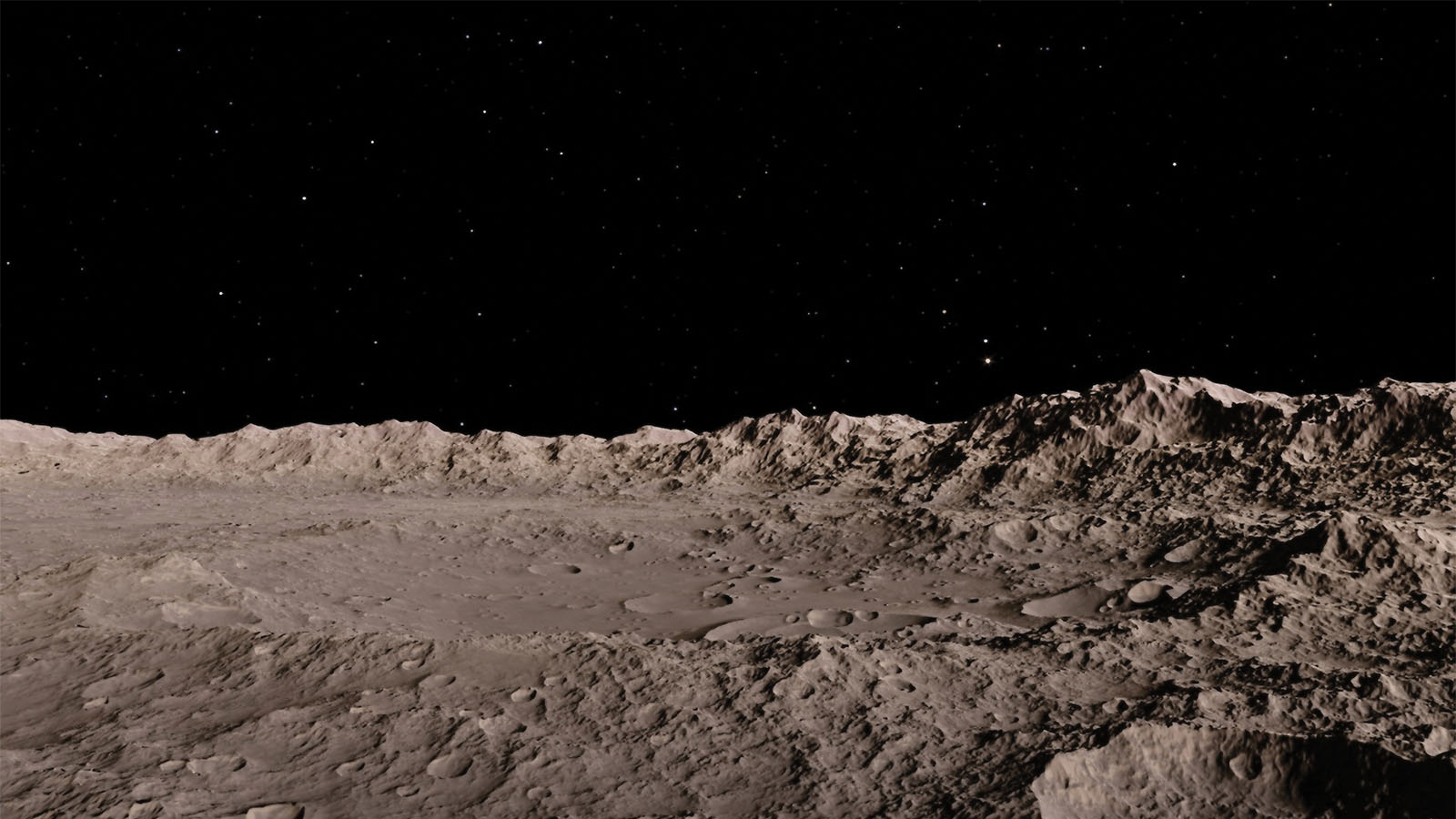Stay Up to Date
Submit your email address to receive the latest industry and Aerospace America news.
Where were you on July 20, 1969? About half of today’s AIAA membership was not even born then, but if you were around I’m sure you remember how you spent that Sunday afternoon. I was in 6th grade. My friends and I used to lie on our backs on the floor, three abreast, feet up against a sofa in an imaginary Apollo capsule, running checklists. I think it was my first all-nighter, watching Walter Cronkite and Wally Schirra co-anchor the CBS News coverage as Neil Armstrong and Buzz Aldrin landed, and then — too excited to sleep themselves — suited up and accelerated their moonwalk.
Where will you be on July 20, 2019? Hopefully somewhere involved in some sort of STEM activity, sharing the excitement of our industry today with the next generation or two. In Huntsville they plan to launch 5,000 model rockets simultaneously. These sorts of outreach activities will be happening across the country and would be perfect for AIAA sections and members to sponsor or join in. Now is the time to be making your plans!
At a recent MIT celebration of the Apollo moon landing’s 50th anniversary, I took part in a panel discussing “The New Space Industrial Ecosystem.” The panelists were asked if the space enterprise was changing from one that has traditionally depended on large government contracts alone. “Can we look forward to a self-sustaining industrial ecosystem, like aviation is today, or is that an illusion?” It’s a great question, with important implications for AIAA.
Since World War II, the United States has led the world in research and development, largely through a triumvirate of government, academic, and industry R&D collaborations. What Vannevar Bush called “The Endless Frontier” has been the most effective and powerful force for technical progress ever assembled by mankind.
Is this paradigm now changing in a meaningful way? The goal has always been for the government to provide the R&D needed to meet urgent national priorities, such as defense, and to stimulate private sector investment wherever possible. The ideal is for government-funded initiatives to transition to private enterprise as quickly and as completely as possible. The Internet, mapping the human genome, and the GPS system are three recent examples of this system working as intended. In space, we have seen a whole new wave of start-ups create new vehicles, using some combination of private funding and public funding. At its best, the use of private funding allows product development to proceed outside the complexities of government procurement systems. This sometimes results in development programs that are faster and more efficient. But not necessarily: NASA accomplished Freedom 7 in three years. Winning the Ansari X Prize, which had essentially the same mission except to be quickly reusable, took eight. The prize was won in 2004 — and as of this writing, some fifteen years later — we still do not see the much-vaunted commercial tickets to space. Getting into space is hard, getting humans there and back is harder, and doing it safely harder still.
What we can say is that the new wave of space entrepreneurship has injected a new measure of competition in the nation’s space enterprise, something largely lacking since the end of the Cold War. The Apollo program was driven by the great-power competition that used space rivalries as a surrogate for more destructive conflicts on Earth. The new wave of space entrepreneurship has increased economic competition and has vastly raised the level of excitement, enthusiasm, and diversity in the U.S. space enterprise.
AIAA has a critical role to play in all of this. First and foremost, we support the professional workforce that makes this all possible. Our forums, publications, and activities bring together scientists, engineers, and program leaders from across the enterprise. Second, we enlighten and inform the public discourse and debate. AIAA has an important role to play in providing the information, viewpoints, and forums needed to facilitate the development of sound public policy. Finally, we are building the future workforce. Our efforts in STEM education, in developing a vigorous student and young professional constituency, and increasing the diversity of our industry is central to our mission.
The 50th anniversary of the Apollo 11 mission is the ideal time for us to bring all this together. Let’s make the summer of 2019 a celebration of the past, but with a strong and central focus on building for the future. Where will you be on July 20, 2019? Hopefully with people not old enough to have experienced the event first hand, paying it forward and lighting the fires of innovation and imagination that will be the fuel for our next 50 years in space. ★
John Langford, AIAA President
Let’s make the summer of 2019 a celebration of the past, but with a strong and central focus on building for the future.
John Langford
About johnlangford
Stay Up to Date
Submit your email address to receive the latest industry and Aerospace America news.




